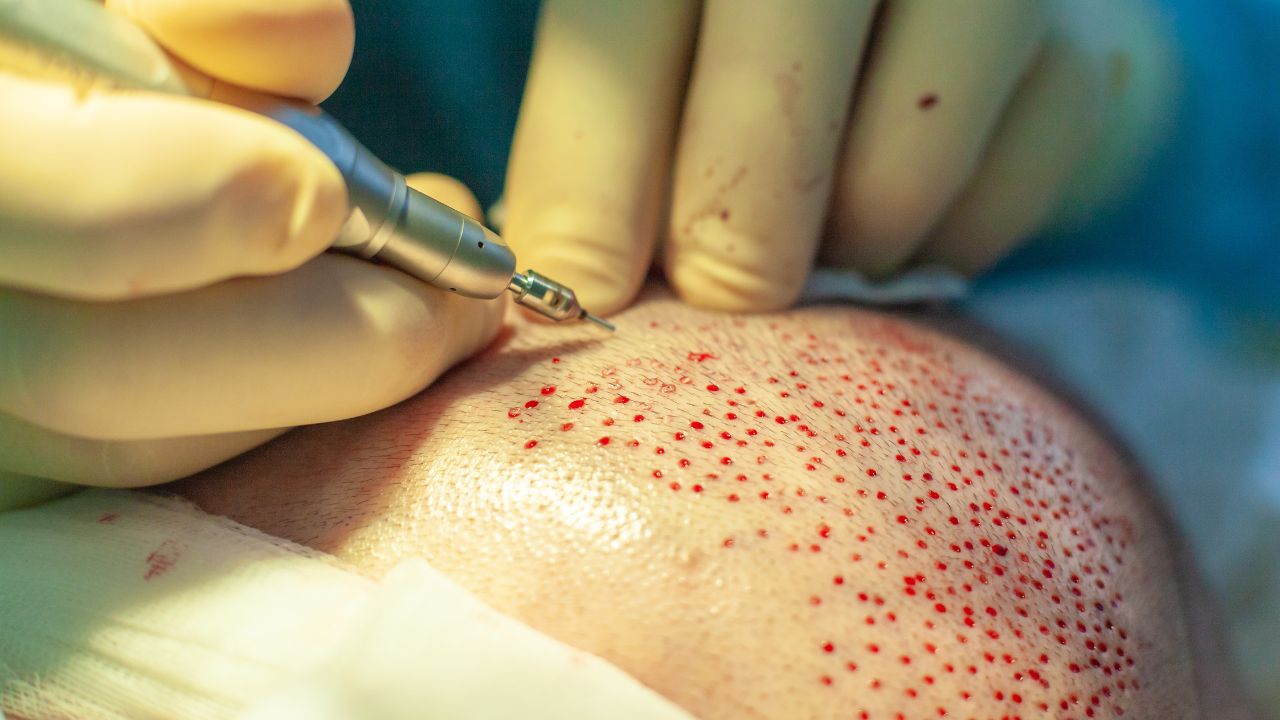Hair Transplant in India: A Comprehensive Guide
Hair Transplant In India: Hair transplant surgery offers a permanent solution for those experiencing hair loss or thinning. In India, this procedure has gained popularity due to its affordability, high success rates, and skilled surgeons.
What is Hair Transplant Surgery?
Hair transplantation involves moving hair follicles from a donor area to a bald or thinning area. This technique primarily treats male pattern baldness but also restores hair on the beard, eyebrows, and eyelashes. It can also cover scars from accidents or previous surgeries.
Ideal Candidates for Hair Transplantation
Candidates typically include those with significant hair loss and enough donor hair that resists balding. The back or sides of the scalp usually serve as donor areas because these regions are less prone to thinning. This procedure also benefits those seeking to restore facial hair or cover scars.
The Hair Transplant Procedure
During an initial consultation, the surgeon examines the scalp, discusses expectations, and suggests the best approach. This step ensures realistic expectations and determines whether one or multiple sessions are necessary.
Before surgery, patients should avoid medications and alcohol to reduce bleeding risks and help the grafts take hold. Surgeons often prescribe antibiotics to prevent infections.
During surgery, the surgeon removes hair follicles from the donor site, typically the back of the scalp. Afterward, they stitch the donor area with dissolvable thread. They then carefully transplant the follicles to the recipient area.
Recovery and Results
After surgery, hair may initially fall out, a normal phase called “shock loss.” However, new growth usually begins within a few months. Full results typically appear within 6 to 12 months, with the new hair blending naturally.
Most patients don’t need time off work, but some prefer a few days of rest for recovery.
Potential Risks and Side Effects
As with any surgery, hair transplants carry risks. Rare complications include infection, bleeding, numbness, and scarring. There’s also a slight chance that the transplanted hair may not fully take root, leading to patchy growth.
Temporary hair thinning, or “shock loss,” may occur, but it usually resolves on its own. Swelling of the scalp and forehead might happen, and medication can manage this. Itching is common and can be relieved with moisturizers or gentle massages.
Over time, additional hair loss may occur in untreated areas, but the transplanted hair remains. In such cases, further transplants may be needed to maintain a consistent appearance.
Conclusion
Hair transplant surgery in India provides an effective solution for hair loss. With advanced techniques, skilled surgeons, and affordable costs, the benefits often outweigh the risks. With proper care and realistic expectations, patients can enjoy long-lasting, natural-looking results.





